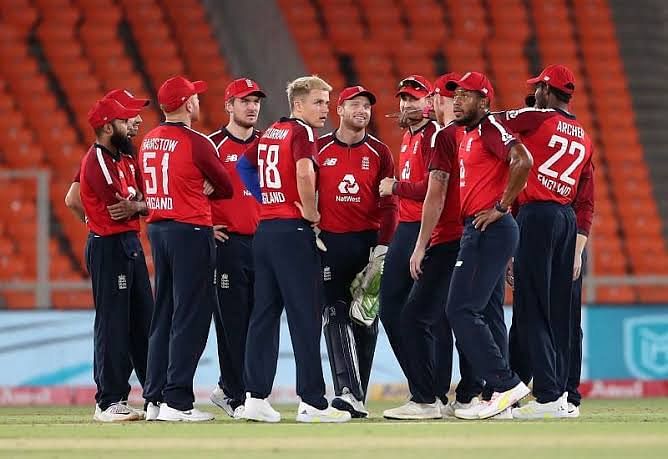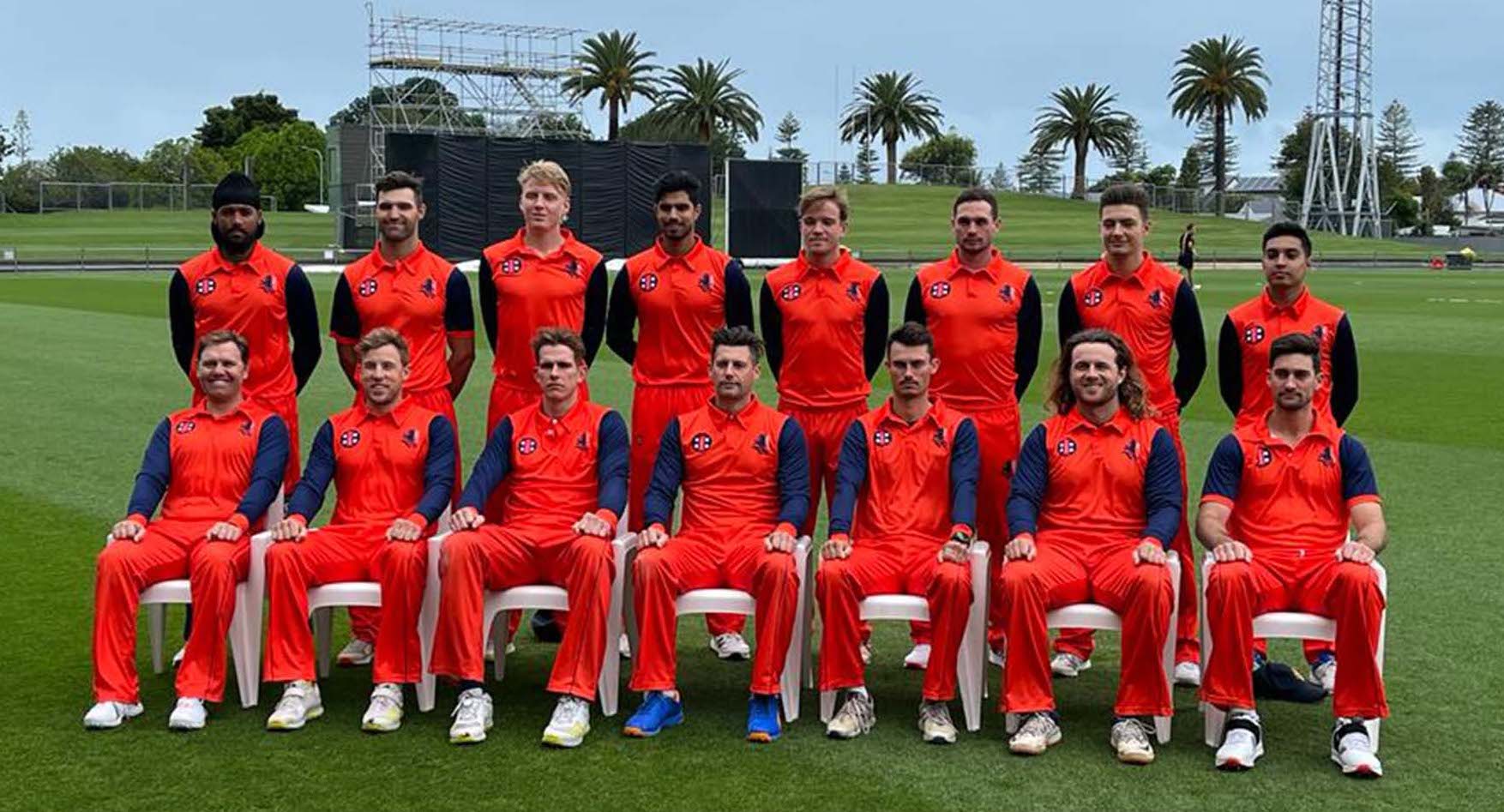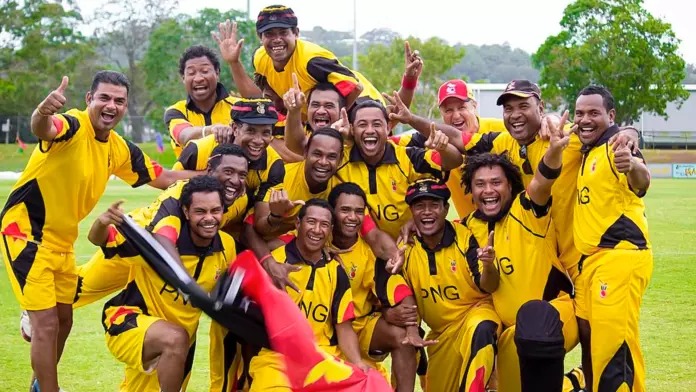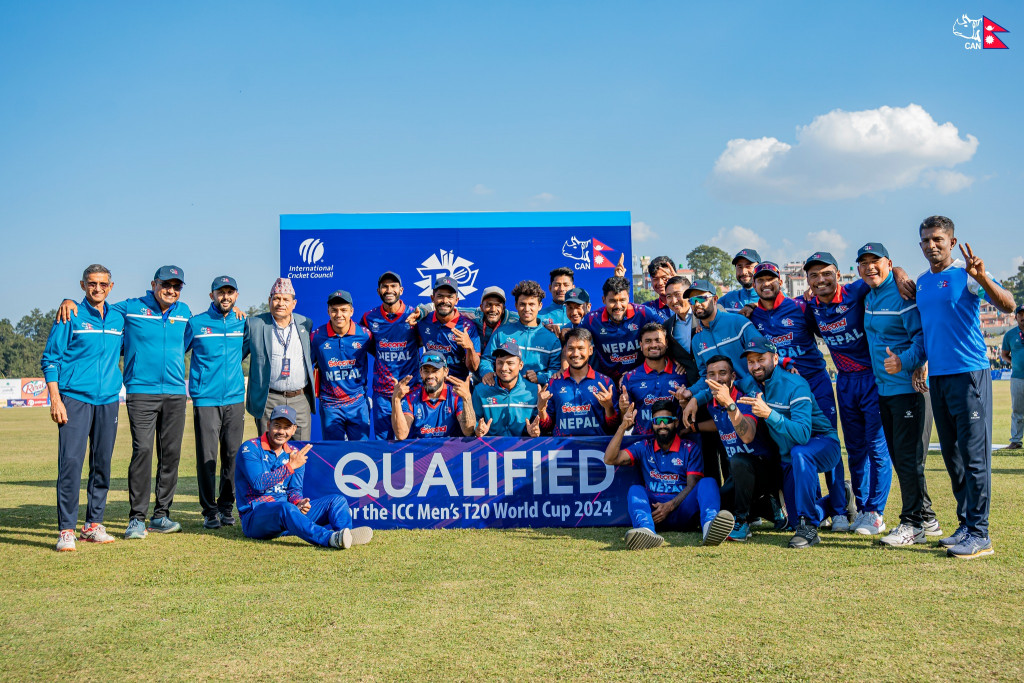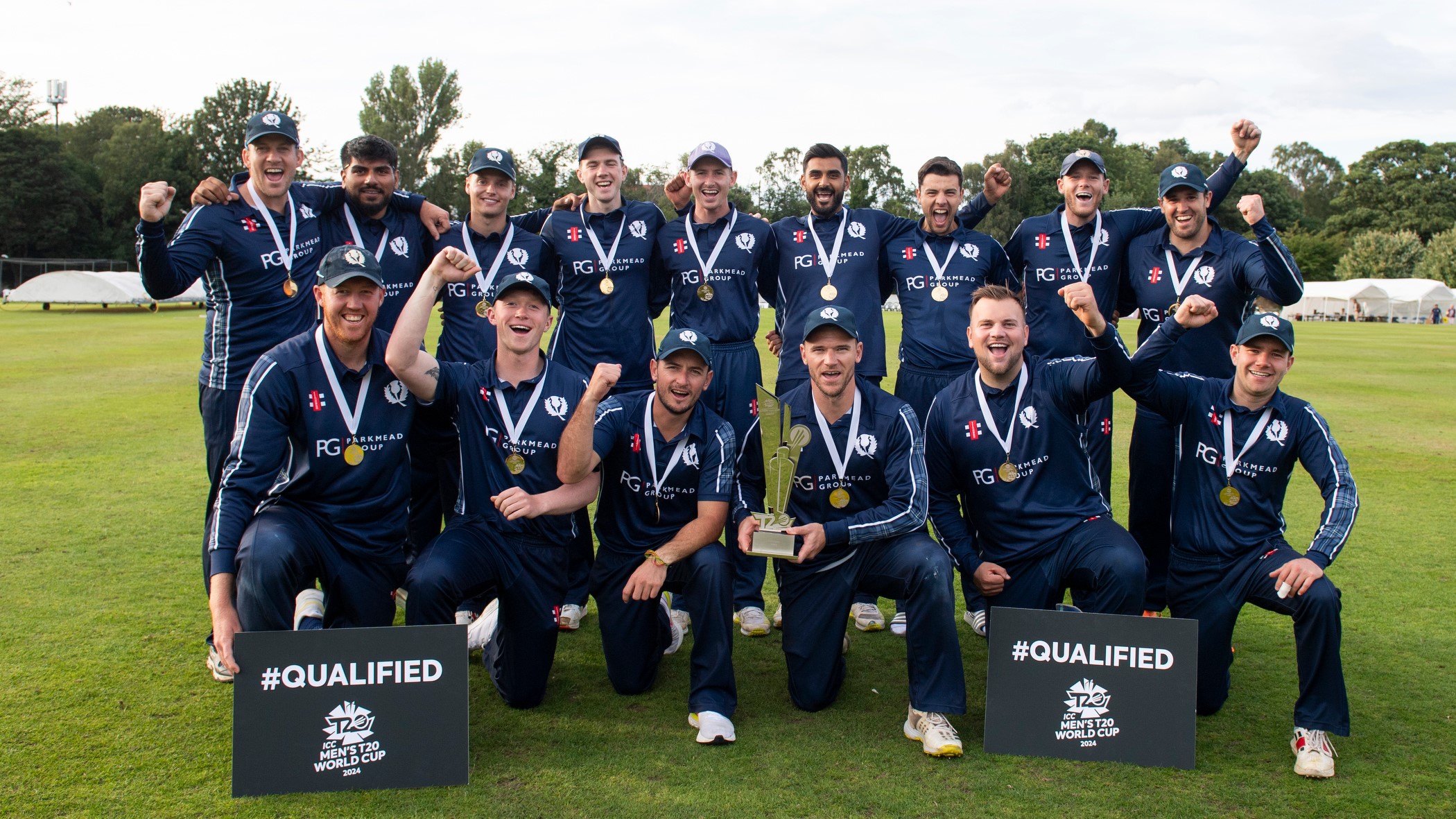In Test Cricket or, in any form of cricket, it is a necessity that a team that bowls or bats, starts well. However, a poor run of play early on in Test Cricket could possibly turn into a loss of an entire inning left to be played, something that would hurt the side very much.
However, when a team bats first, puts up a decent total, and manages to get their opponents all out under a score that is 200 runs less than their total, the team that batted second could be sent to bat again when the team that batted first decides that they don't want to add more runs to their lead. Basically, the team that bats again is said to be given a follow on and that team now not only has to score the runs that they fell short of in the first innings but they also have to continue and set a target for a team that batted first.
Difficult to win a match when you're asked to follow on, isn't it? However, there have been only three instances in the history of the game when teams that were under a follow-on contrived to win the test at the end. Cricwizz today will glance you through those three incidents.
Let's begin!
England vs Australia ( December 14-20, 1894)
It was England's tour of Australia, Australia had won the toss and were batting first at Sydney. An Australian side free-flowing from confidence put up 586 runs on the board.
George Giffen was exceptional as he scored 161, while Frank Iredale contributed with 81. But the star of the innings was Syd Gregory, who fired a double-century, helping his side register such a mammoth total. The skipper Jack Blackham also added a vital 74 in the tally. For England, it was Tom Richardson who picked the most wickets five and helped his side.
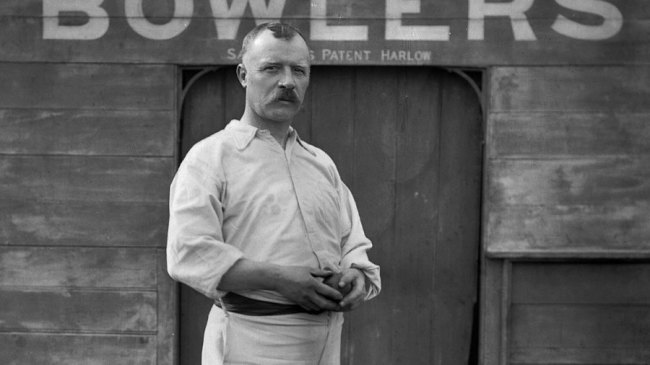
It was England's turn to fight with all they had now but they were summed up for 325, with Albert Ward's 75, Bill Brockwell's 49, Johnny Briggs' 57. George Giffen was superb with the ball as well as he picked four wickets, the most amongst the Australians.
Consequently, England were under a follow on and this time they stepped up a level and scored 437 runs. Albert Ward scored a brilliant 117, while the English had more players contributing this time.
Jack Brown scored 53, Francis Ford 48, while Briggs managed to score 42. Yet again, it was Giffen who picked four wickets, and now it was Australia's turn to chase a total of 177.
What looked easy for a side that scored 586 in the first innings, Australia were shut short by the English bowlers, Bobby Peel and Johnny Briggs who picked six and the wickets respectively as Australia succumbed on a total of 166 at the SCG, losing by 10 runs.
Joe Darling and George Giffen were the only performers for the hosts, as they shed 53 and 41 respectively, while the rest failed miserably.
England vs Australia (July 16-20, 1981)
A similar story but this time it was Australia who were touring England. Australia won the toss and elected to bat first. After putting 401 on the board with the loss of nine wickets, Australia declared.
John Dyson scored a fantabulous ton, while the skipper Kim Hughes fired with a valuable 89 runs. Graham Yallop scored 58 and after him, the other batsmen couldn't really make an impact.
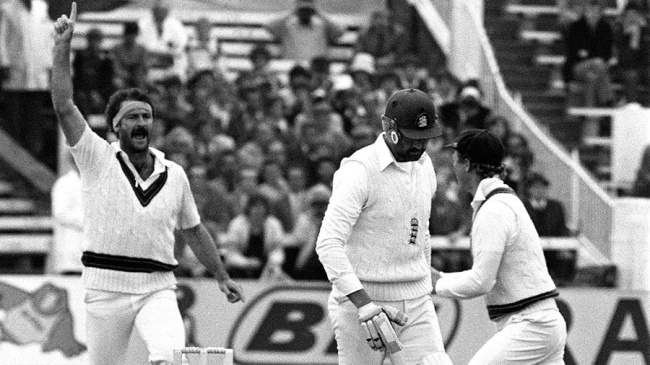
Sir Ian Botham picked six wickets and it was England who had to bat now. Australia started strongly and didn't really allow any English batsman to stay at the pitch for long until Ian Botham, who scored a half-century, helping England reach a total of 174. As a result, England were handed a follow-on by Australia and had to face the Australian bowling attack again.
When England scored 174, Dennis Lillee picked four wickets, with Terry Alderman and Geoff Lawson picking up three wickets each. In England's second innings, the story was similar except for the fact that there were some promising performances.
Geoff Boycott scored 46 and the England batting fell apart again before Sir Ian Botham came to his side's rescue again. He scored an unbeaten 149 alongside Graham Dilley who scored 56 runs that resulted in England scoring 356 runs this time. For the visitors, Dennis Lillee picked three wickets, while Terry Alderman picked six.
Australia had a target of 130 but once again it was England who came on top. Australia were bowled out for 111 with Bob Willis single-handedly disrupting the Australian batting.
Sir Ian Botham was adjudged as the Player of the Match.
India vs Australia (March 11-15, 2001)
Australia were touring India and it was the second test held at the Eden Gardens. What is it with Australia? Australia were again the toss winners and elected to bat first.
Yet again, Australia put up a par score, scoring 445 runs. Michael Slater, Matthew Hayden, and Justin Langer were in top-notch form and they scored 42, 97, and 58 runs respectively.
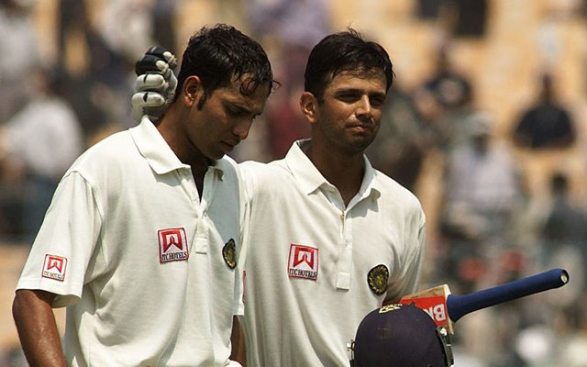
The skipper Steve Waugh scored 110 before Harbhajan Singh dismissed him, and towards the end of the innings, Jason Gillespie contributed with 46.
Harbhajan Singh had a lot to remember from that innings as he picked seven wickets, and it was now the Indian batsmen who had to put up a show now.
However, Australia were pin-point with their execution as none of the Indian batsmen except VVS Laxman did not score more than 25 runs. India lost all their wickets at 175 and Laxman was the lone warrior for India, scoring 59. Among the Australian bowlers, Glenn McGrath picked up four wickets.
Subsequently, India were following on but this time the Indians were out with an intent. After a decent opening partnership, VVS Laxman, Sourav Ganguly, and Rahul Dravid played built up an innings that still remains very clear in the minds of the Indian fans as India put a gigantic total of 657 runs on the board, losing just seven wickets and declared the innings.
Laxman scored 281, Ganguly scored 49, while Rahul Dravid scored 180 and got run out, unfortunately.
Australia were chasing a total of 384 runs and started off very well. It was Harbhajan Singh again who broke Australia's 71-run opening stand as he departed Michael Slater for 43.
While Matthew Hayden stuck from his end, Harbhajan kept breaking the Australian batsmen as he dismissed Justin Langer. No one really held their end well after that except Hayden, who scored 67 before he was dismissed. Who got him out? Any guesses? Well, it was Sachin Tendulkar. Australia were all out for 212 runs, and India became the last team to have come from a follow-on situation and win the game.
Harbhajan Singh picked six wickets and ended the game on a high as India drew the series 1-1. VVS Laxman was adjudged as the Player of the Match but without Harbhajan Singh that would've not had much effect as Australia were looking strong with the bat.
20 years and we are yet to witness a successful comeback like one of these mentioned above. Do you see it happening anytime soon?
Let us know your thoughts via our social media handles. Follow us on Instagram and Twitter for the latest updates, memes, and more. We bet you won't be disappointed. Stay tuned for more!

